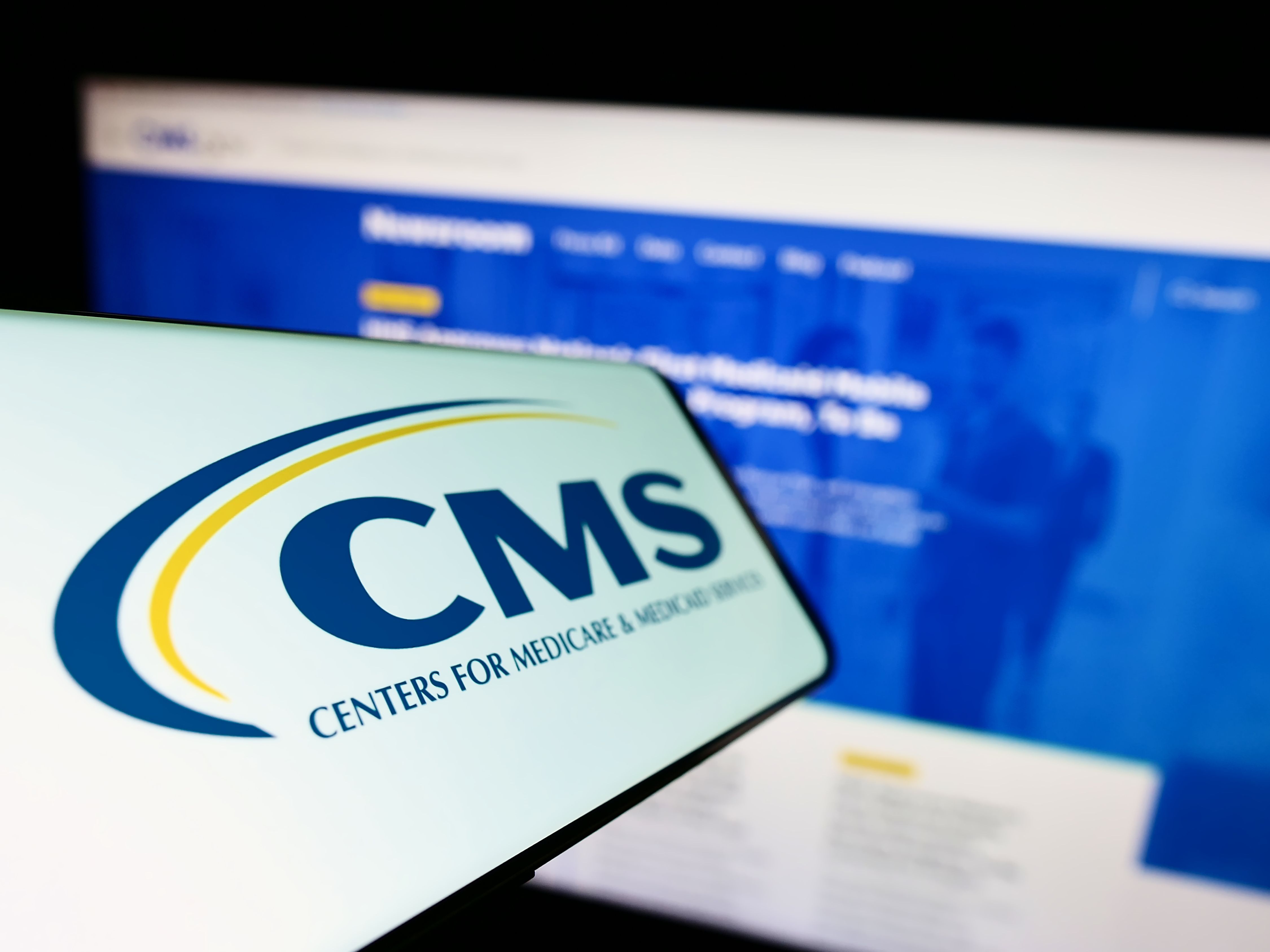Publication
Article
Medical Economics Journal
Manage asthma
Author(s):
Improve outcomes, boost payment
By focusing on asthma management, physicians not only improve patient outcomes and reduce healthcare spending, they also earn more money. Asthma is a condition targeted under the Medicare Access and CHIP Reauthorization Act of 2015 (MACRA), the federal law that seeks to reform Medicare payments while improving population health and cutting costs.
Beginning in 2019, physicians in the Merit-based Incentive Payment System (MIPS), one of two participation tracks under MACRA, will be penalized if their costs exceed anticipated amounts or rewarded for keeping costs under the projected amounts. By helping patients control their asthma and thereby preventing costly hospitalizations and ED visits, physicians choosing to report on related MIPS measures may boost their quality scores and receive a financial bonus.
“The last thing you want is for a patient to be hospitalized because it’s such a high-cost place to receive care,” says Timothy Brundage, MD, medical director at Brundage Medical Group LLC in Tampa, Fla., a consulting company that helps physicians improve their clinical documentation. “Keeping the patient well and the asthma under control are the best ways to care for patients and reduce costs.”
Rex Mahnensmith, MD, an internist at Docs of CT in Milford, Conn., agrees. “The motivation behind value-based payments is keeping people well and safe, especially when they have asthma-a condition that can quickly become life-threatening."
Assess asthma severity
Assessing asthma severity helps physicians identify the proper course of treatment to ensure good outcomes, says Steven Kagen, MD, an allergy and immunology specialist in Appleton, Wisc. Kagen suggests asking patients these questions:
- Have you had problems with coughing, wheezing, shortness of breath, or chest tightness during the day?
- Do you wake up during the night due to coughing, wheezing, or other symptoms that don’t improve within 15 minutes of using the rescue inhaler?
- Do you have symptoms of asthma while exercising or playing?
Physicians can get credit under MIPS by using one of the following assessment tools:
- Asthma Control Test (ACT)
- Asthma Control Questionnaire (ACQ)
- Asthma Therapy Assessment Questionnaire (ATAQ)
Physicians can also ask patients diagnosed with asthma to record their peak expiratory flow rate daily and bring these measurements to their appointments, says Mahnensmith. “This is meaningful information, and it’s a good gauge of whether their inhaler is working,” he adds.
Prescribe controller Meds
Prescribing a rescue inhaler may be sufficient for patients with mild intermittent asthma; However, those with more severe forms of asthma-those who use their rescue inhaler more than once a day two times per week-may also require a controller medication to continuously relax and dilate their airways, says Mahnensmith. Physicians may overlook adding the controller medication if they aren’t aware of the severity of the patient’s symptoms. This happens either because they don’t ask detailed questions or because patients don’t provide the information, for example if they forget or if they simply dismiss their own symptoms, he adds.
Pharmacists can provide insight into how often patients use their rescue inhaler so physicians know when a controller medication may be necessary, says Mahnensmith. For example, when prescribing an inhaler, physicians should consider starting with one refill only. They may also include a note to the pharmacist asking them to call the physician’s office when the patient requests the refill. Each inhaler typically includes 120 inhalations and should last for at least three months. If the patient refills the script in one month, that means they’re using the inhaler four times a day and require a controller medication immediately, he adds.
Identify asthma triggers
Raising patient awareness of the environmental factors that trigger their asthma is critical because, in some cases, they may be able to avoid the triggers entirely (e.g., by staying inside on days when pollen counts are high), says Kagen. Physicians should ask patients to record when and where asthma attacks occur as well as the symptoms they experience, he adds.
There are also a variety of mobile apps available that can help patients log their symptoms. Kagen created one that correlates self-reported symptoms-wheezing lungs, itchy eyes, cough, and runny nose-with various weather elements, helping patients identify the environmental triggers that make them feel worse. Patients can also use the app to predict symptoms based on a four-day weather forecast. In addition, the app locates the closest board-certified asthma and allergy specialist so patients can seek help immediately.
Allergy testing using a simple skin test is another option to identify asthma triggers. The test takes fewer than 10 minutes, and it identifies approximately 60 airborne allergens, says Mahnensmith. Once patients are aware of the allergens that trigger their asthma, they can receive allergy desensitization therapy that weakens allergic reactions by exposing them to gradually increasing doses of allergens, he adds.
Focus on adherence
Cost is one of the most common barriers to medication adherence, and physicians can overcome it by simply asking patients whether they can afford their inhalers, says Brian Boyce, CEO of ionHealthcare LLC in Richmond, Va., a healthcare consulting company that specializes in risk adjustment. Provide sample inhalers, look into the cost reduction programs offered by many pharmaceutical companies, and prescribe generic medications when possible, he adds. There are also high-tech, low-cost inhalers available with global positioning systems that measure location-specific air quality.
Helping patients adhere to their medications also requires frequent patient monitoring (i.e., every three months), says Mahnensmith. “If I’m really concerned about someone, I’ll tell them [all patients at risk of an exacerbation] I want to see them next week so I can see how they’re doing, listen to their lungs, and do a peak expiratory flow ratio,” he adds.
Patients with uncontrolled asthma should return to the office every two to four weeks for repeat education and ongoing monitoring, says Kagen.
Kagen provides a demonstration and then asks a nurse to reiterate the same information to patients. “Each inhaler may be different in terms of the technique that’s required, and each patient may have different skills,” he says. For example, a patient with rheumatoid arthritis can’t generally use an inhaler that requires them to squeeze the device, but they can use one that employs a “click and inhale” technique.
Physicians must observe patients using the inhaler, says Mahnensmith, adding that coordination, timing, and direction of the spray is often incorrect. For example, do patients pump and inhale into the lungs, or do they pump onto the tongue and upper palate with no inhalation? If the patient is unable to inhale into the lungs due to lack of coordination, do they need a spacer to guide the medication directly into the lungs?
Physicians should consider providing patients with written instructions on how to use the inhaler properly. The CDC also provides a video that instructs patients on proper inhaler use (bit.ly/CDC-inhaler).
“Every patient is unique,” Kagen says, “and every patient must be managed according to their own needs, immune system, autonomic nerve system, home and work environments, and underlying inflammatory pathways.”






